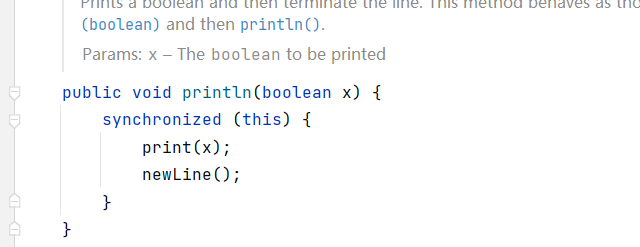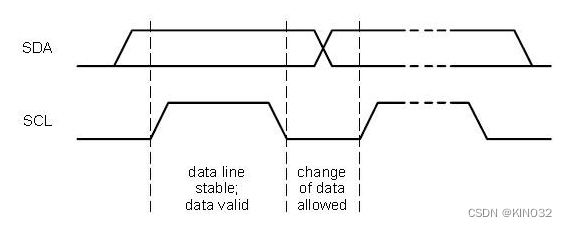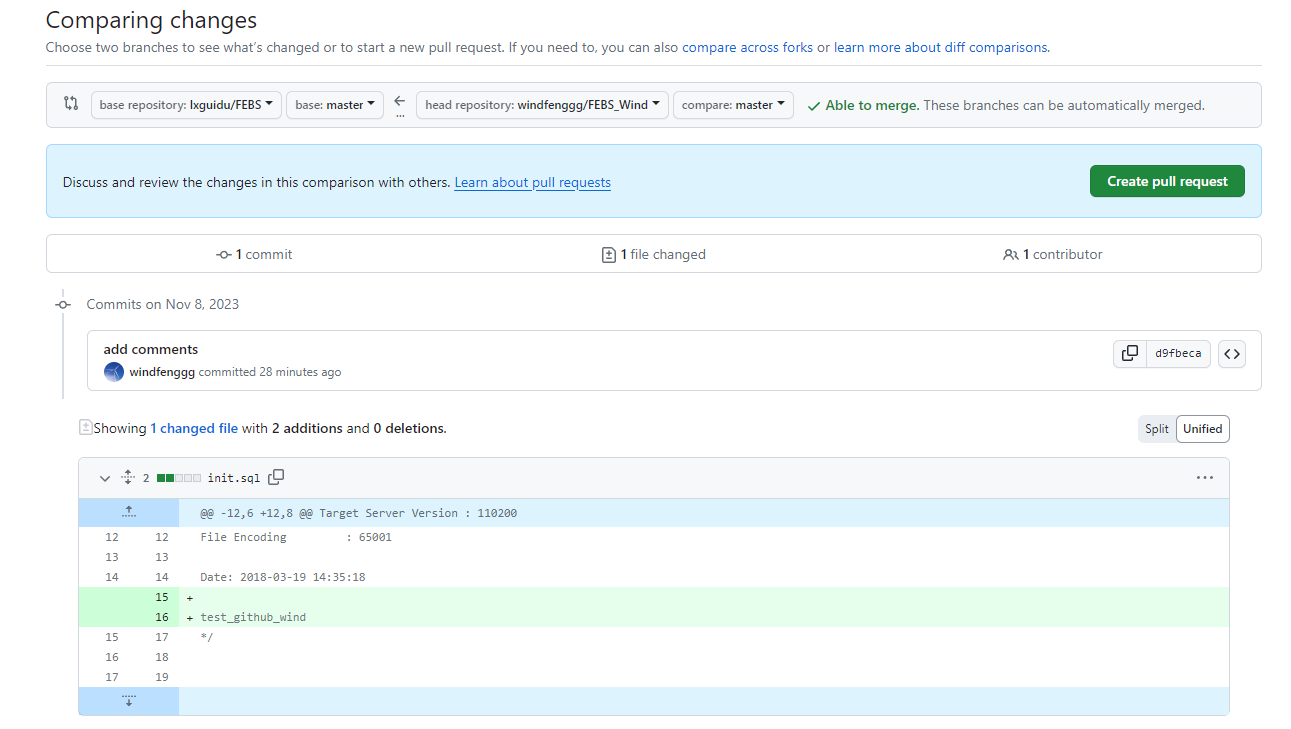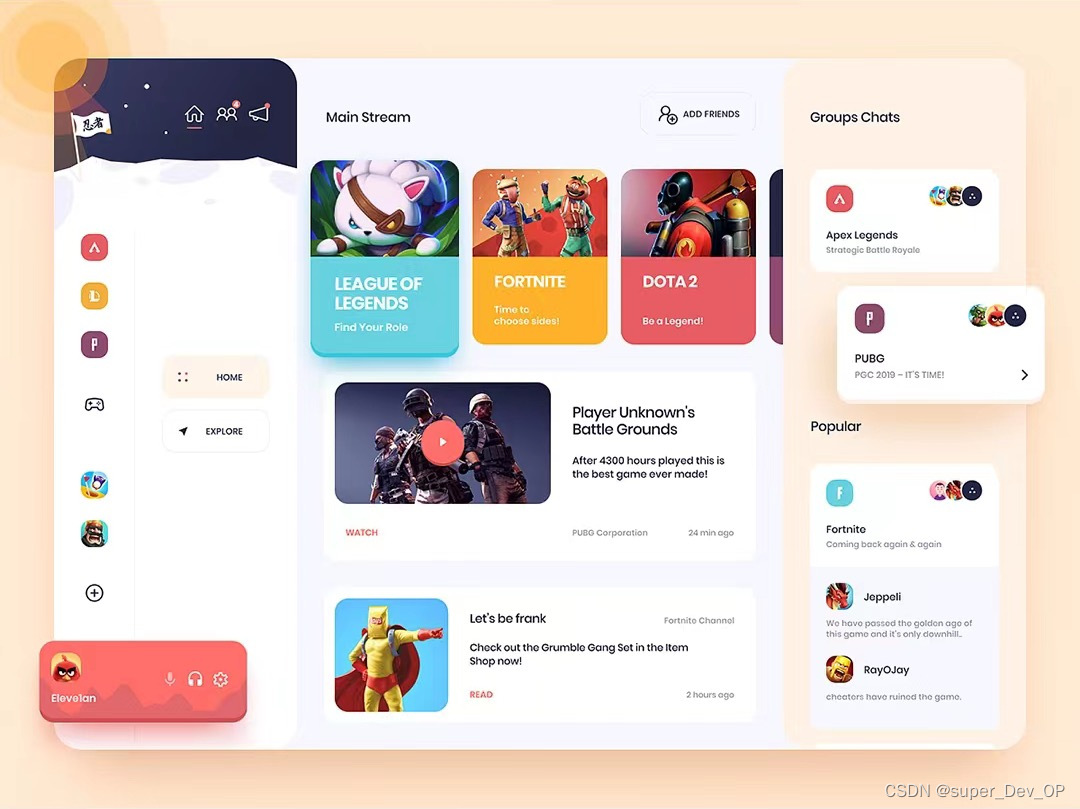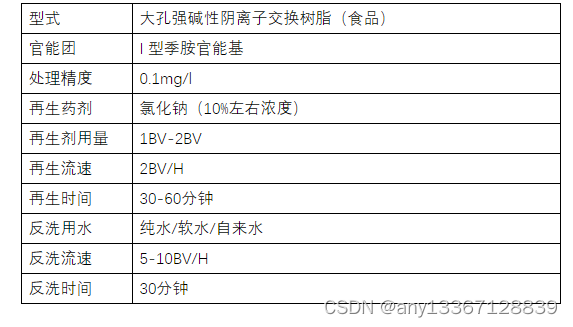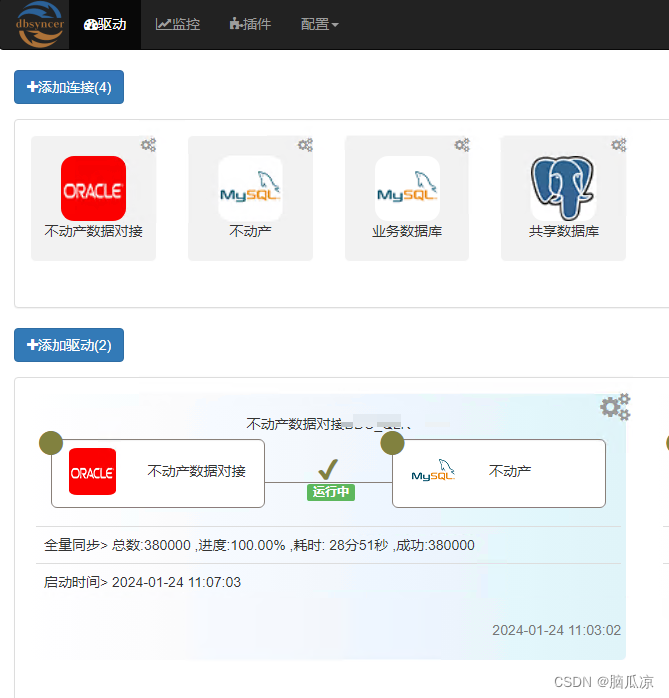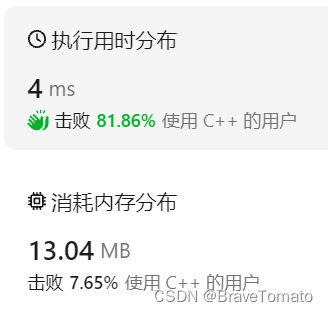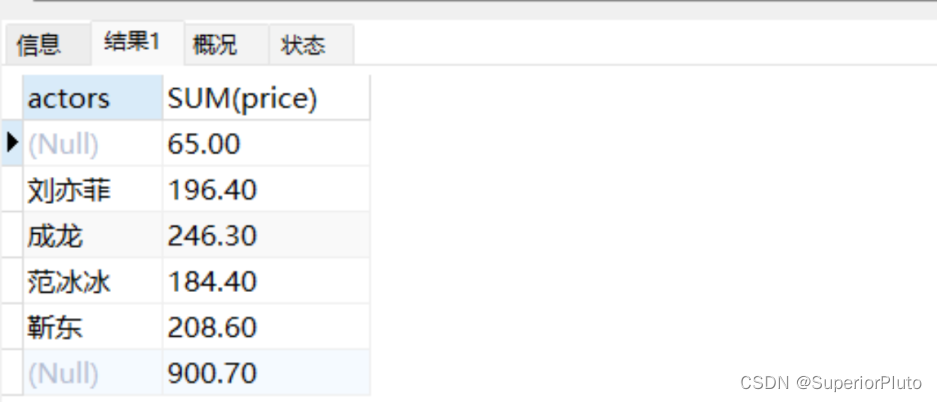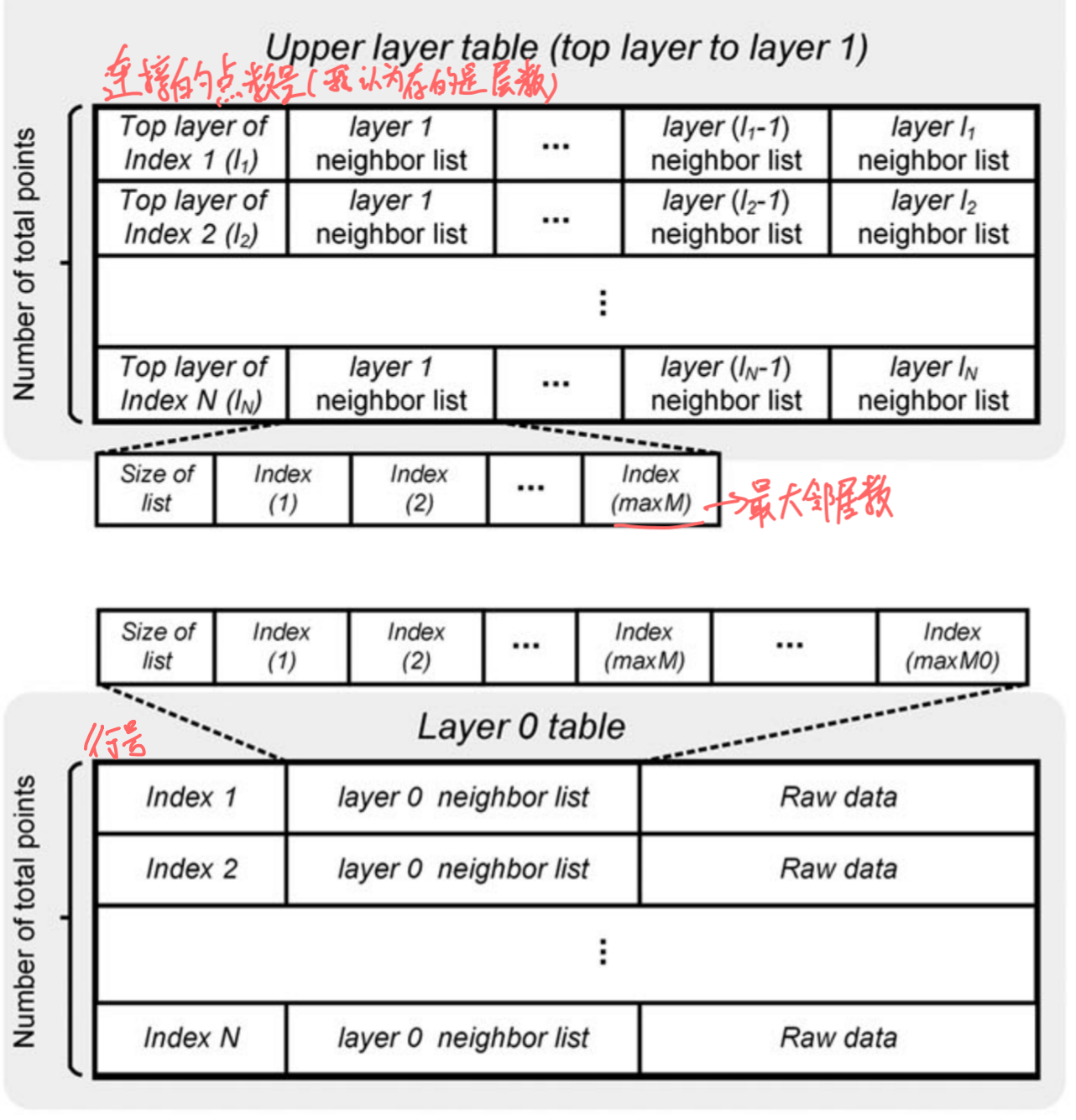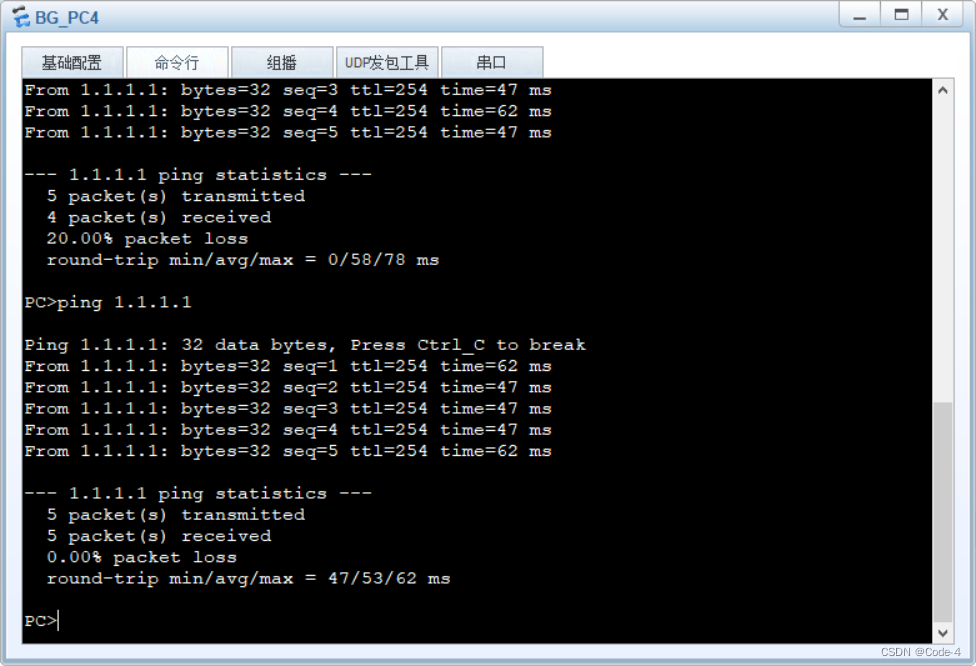- 实现效果
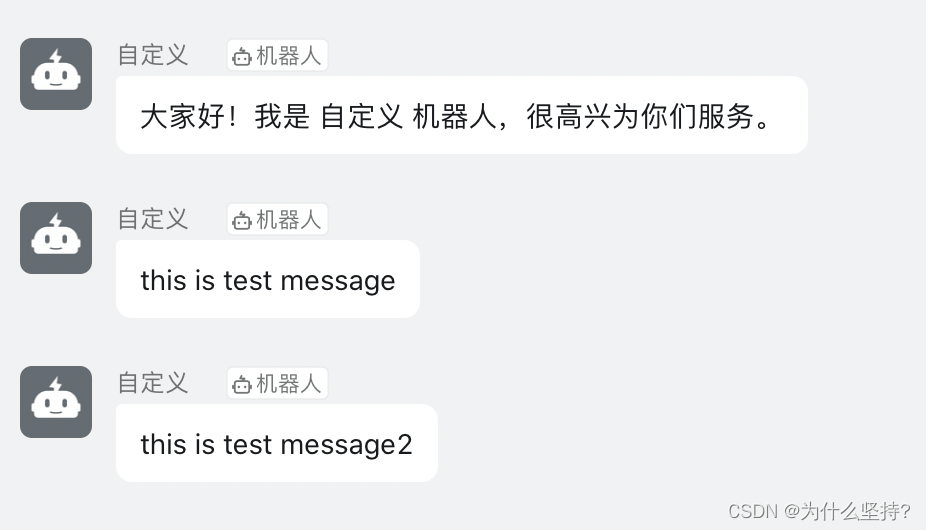
- 话不多说 直接上代码
static void sendMsg(String msg) {
try {
String content = "{\"msgtype\": \"text\",\"text\": {\"content\": \"" + msg + "\"}}";
HttpUtil.simplePost(content, getDingUrl());
} catch (Exception e) {
log.error("钉钉消息发送失败",e);
}
private static String getDingUrl() throws Exception {
// 获取系统时间戳
Long timestamp = System.currentTimeMillis();
// 拼接 钉钉加签
String stringToSign = timestamp + "\n" + "SEC0c2c93412cff6ac2e****ac939189971c0b";
// 使用HmacSHA256算法计算签名
Mac mac = Mac.getInstance("HmacSHA256");
mac.init(new SecretKeySpec("SEC0c2c93412cff6ac2e****ac939189971c0b".getBytes(StandardCharsets.UTF_8), "HmacSHA256"));
byte[] signData = mac.doFinal(stringToSign.getBytes(StandardCharsets.UTF_8));
// 进行Base64 encode 得到最后的sign,可以拼接进url里
String sign = URLEncoder.encode(new String(Base64.encodeBase64(signData)), "UTF-8");
// 钉钉机器人地址(配置机器人的webhook),为了让每次请求不同,避免钉钉拦截,加上时间戳
return "https://oapi.dingtalk.com/robot/send?access_token=" + "×tamp=" + timestamp + "&sign=" + sign;
}
import org.apache.http.Consts;
import org.apache.http.client.config.RequestConfig;
import org.apache.http.client.methods.CloseableHttpResponse;
import org.apache.http.client.methods.HttpPost;
import org.apache.http.config.ConnectionConfig;
import org.apache.http.config.SocketConfig;
import org.apache.http.conn.ssl.SSLConnectionSocketFactory;
import org.apache.http.conn.ssl.SSLContextBuilder;
import org.apache.http.conn.ssl.TrustStrategy;
import org.apache.http.entity.StringEntity;
import org.apache.http.impl.client.CloseableHttpClient;
import org.apache.http.impl.client.HttpClients;
import org.apache.http.impl.conn.PoolingHttpClientConnectionManager;
import org.apache.http.util.EntityUtils;
import org.slf4j.Logger;
import org.slf4j.LoggerFactory;
import javax.net.ssl.SSLContext;
import java.security.cert.CertificateException;
import java.security.cert.X509Certificate;
import java.util.HashMap;
import java.util.Map;
/**
* HttpUtil 请求
* @author zhouyang
*/
public class HttpUtil {
private static final Logger log = LoggerFactory.getLogger(HttpUtil.class);
private static CloseableHttpClient httpClient;;
private static RequestConfig requestConfig;
private static final String ENCODING = Consts.UTF_8.name();
private static final Map<String, Object> jsonHeaderMap = new HashMap();
static {
try{
jsonHeaderMap.put("Content-Type","application/json");
PoolingHttpClientConnectionManager connManager = new PoolingHttpClientConnectionManager();
ConnectionConfig connectionConfig = ConnectionConfig.custom().setCharset(Consts.UTF_8).build();
connManager.setDefaultConnectionConfig(connectionConfig);
connManager.setMaxTotal(50);//最大连接数
connManager.setDefaultMaxPerRoute(5);//路由最大连接数
SocketConfig socketConfig = SocketConfig.custom()
.setTcpNoDelay(true)
.build();
connManager.setDefaultSocketConfig(socketConfig);
SSLContext sslContext = new SSLContextBuilder().loadTrustMaterial(null, new TrustStrategy() {
//信任所有
@Override
public boolean isTrusted(X509Certificate[] chain, String authType)
throws CertificateException {
return true;
}
}).build();
httpClient = HttpClients.custom()
.setConnectionManager(connManager)
.setSSLSocketFactory(new SSLConnectionSocketFactory(sslContext))
.build();
requestConfig = RequestConfig.custom()
// 获取manager中连接 超时时间 50s
.setConnectionRequestTimeout(5000)
// 连接服务器 超时时间 1500s
.setConnectTimeout(150000)
// 服务器处理 超时时间 3000s
.setSocketTimeout(300000)
.build();
}catch(Exception e){
throw new RuntimeException("创建httpClient失败", e);
}
}
public static final String simplePost(final String body, final String url) {
return doPost(url, body, jsonHeaderMap);
}
/**
* post请求发送
*/
public static String doPost(String url, String bodyString, Map<String, Object> headerMap) {
HttpPost post = new HttpPost(url);
StringEntity entity = new StringEntity(bodyString, ENCODING);
post.setEntity(entity);
if (headerMap != null && !headerMap.isEmpty()) {
headerMap.forEach((k, v) -> post.setHeader(k, String.valueOf(v)));
}
post.setConfig(requestConfig);
try (CloseableHttpResponse response = httpClient.execute(post)) {
if (response.getStatusLine().getStatusCode() == 200) {
return EntityUtils.toString(response.getEntity(), ENCODING);
}
} catch (Exception e) {
log.error("invoke post error", e);
}
return null;
}
}


